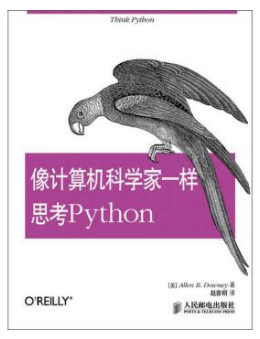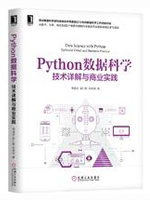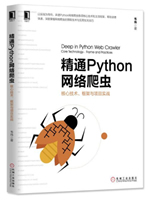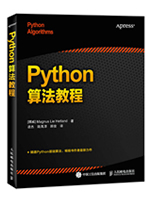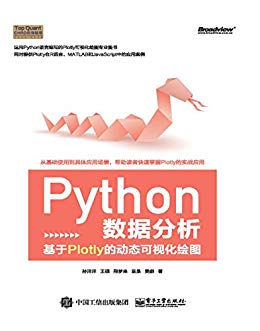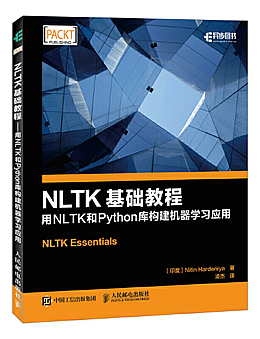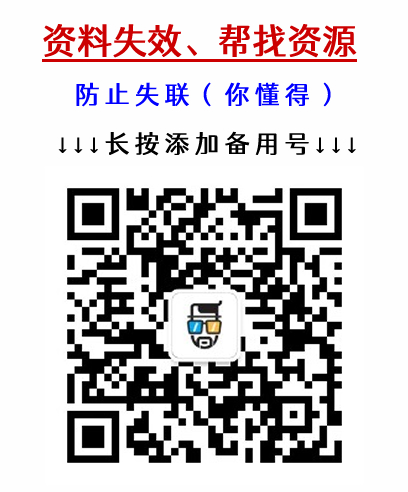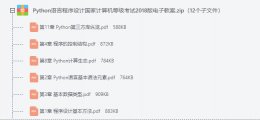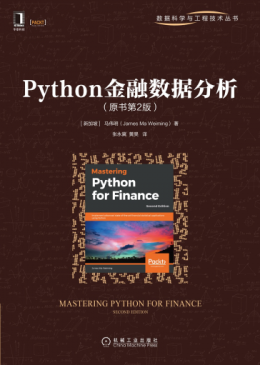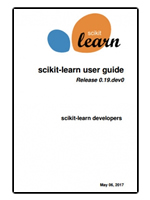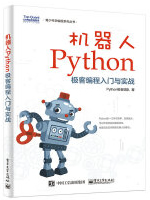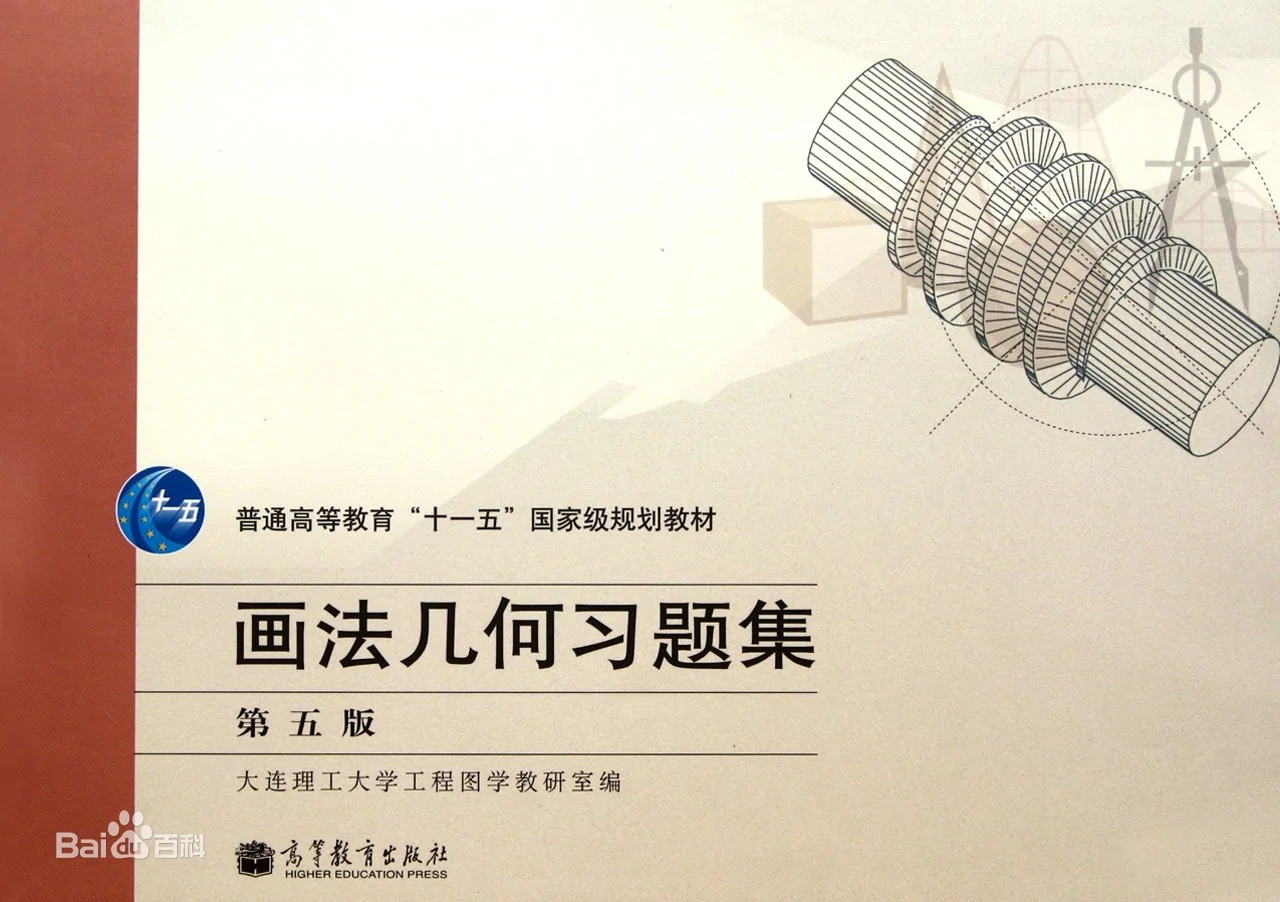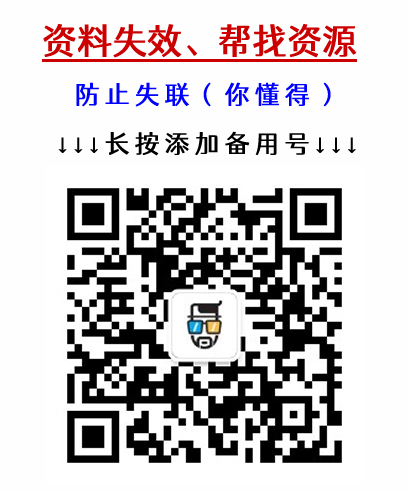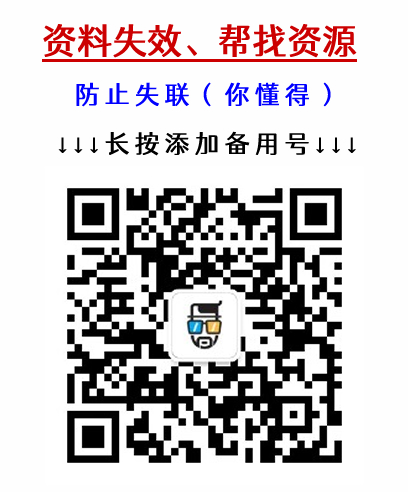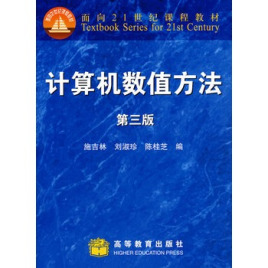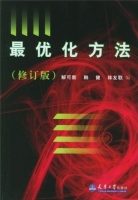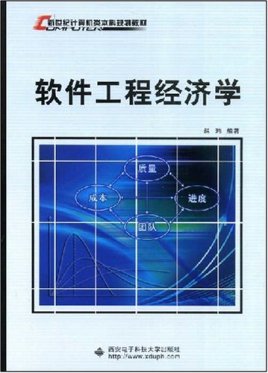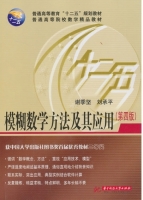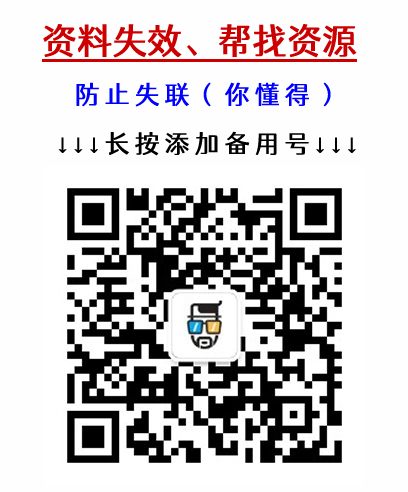If you want to learn how to program, working with Python is an excellent way to start. This hands-on guide takes you through the language a step at a time, beginning with basic programming concepts before moving on to functions, recursion, data structures, and object-oriented design. This second edition and its supporting code have been updated for Python 3. Through exercises in each chapter, you’ll try out programming concepts as you learn them. Think Python is ideal for students at the high school or college level, as well as self-learners, home-schooled students, and professionals who need to learn programming basics. Beginners just getting their feet wet will learn how to start with Python in a browser. Start with the basics, including language syntax and semantics Get a clear definition of each programming concept Learn about values, variables, statements, functions, and data structures in a logical progression Discover how to work with files and databases Understand objects, methods, and object-oriented programming Use debugging techniques to fix syntax, runtime, and semantic errors Explore interface design, data structures, and GUI-based programs through case studies
目录
- 章 程序之道 1
- 1.1 什么是程序 1
- 1.2 运行Python 2
- 1.3 个程序 3
- 1.4 算术操作符 3
- 1.5 值和类型 4
- 1.6 形式语言和自然语言 5
- 1.7 调试 6
- 1.8 术语表 7
- 1.9 练习 8
- 第2章 变量、表达式和语句 9
- 2.1 赋值语句 9
- 2.2 变量名称 9
- 2.3 表达式和语句 10
- 2.4 脚本模式 11
- 2.5 操作顺序 12
- 2.6 字符串操作 13
- 2.7 注释 13
- 2.8 调试 14
- 2.9 术语表 15
- 2.10 练习 16
- 第3章 函数 17
- 3.1 函数调用 17
- 3.2 数学函数 18
- 3.3 组合 19
- 3.4 添加新函数 19
- 3.5 定义和使用 21
- 3.6 执行流程 21
- 3.7 形参和实参 22
- 3.8 变量和形参是局部的 23
- 3.9 栈图 23
- 3.10 有返回值函数和无返回值函数 24
- 3.11 为什么要有函数 25
- 3.12 调试 26
- 3.13 术语表 26
- 3.14 练习 27
- 第4章 案例研究:接口设计 30
- 4.1 turtle模块 30
- 4.2 简单重复 31
- 4.3 练习 32
- 4.4 封装 33
- 4.5 泛化 34
- 4.6 接口设计 34
- 4.7 重构 35
- 4.8 一个开发计划 36
- 4.9 文档字符串 37
- 4.10 调试 38
- 4.11 术语表 38
- 4.12 练习 39
- 第5章 条件和递归 41
- 5.1 向下取整除法操作符和求模操作符 41
- 5.2 布尔表达式 42
- 5.3 逻辑操作符 42
- 5.4 条件执行 43
- 5.5 选择执行 43
- 5.6 条件链 44
- 5.7 嵌套条件 44
- 5.8 递归 45
- 5.9 递归函数的栈图 46
- 5.10 无限递归 47
- 5.11 键盘输入 47
- 5.12 调试 48
- 5.13 术语表 49
- 5.14 练习 50
- 第6章 有返回值的函数 53
- 6.1 返回值 53
- 6.2 增量开发 54
- 6.3 组合 56
- 6.4 布尔函数 57
- 6.5 再谈递归 58
- 6.6 坚持信念 59
- 6.7 另一个示例 60
- 6.8 检查类型 60
- 6.9 调试 61
- 6.10 术语显示全部信息

